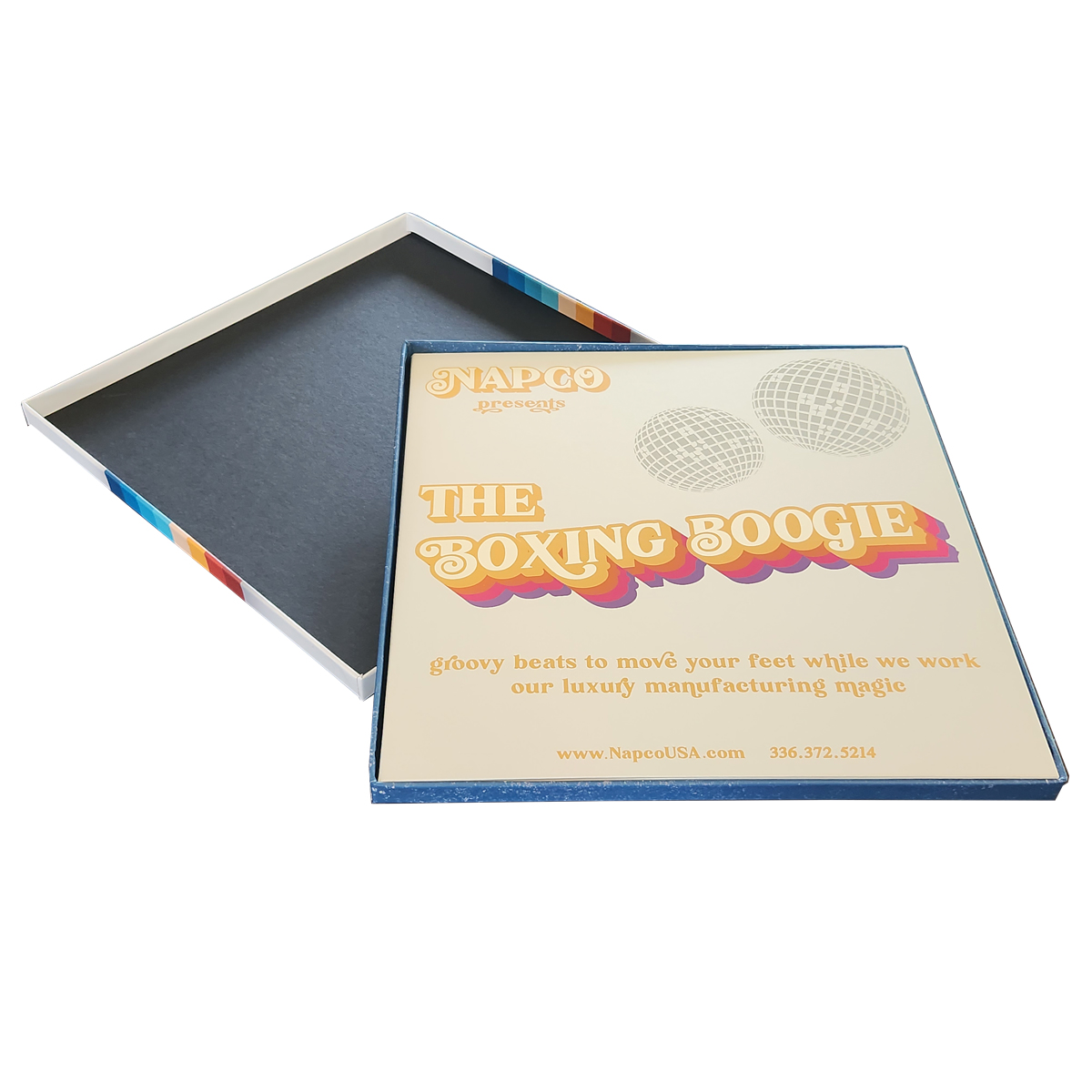When you walk into a music store or flip through records at a flea market, the allure of vinyl LPs captures you. Each record cover is like a miniature canvas, a portal that briefly transports you into the world of sound before you even hear the first note. The intricacies of record cover dimensions, the cornerstone of vinyl packaging standards, can feel a bit subterranean, obscured beneath the shimmer of artwork and the crackle of needle on vinyl.
To fully appreciate the magnetic charm of a vinyl record, one must delve into the exact specifications that govern its packaging. Just as a painter carefully selects the canvas size that will best display their artwork, record labels must adhere to standardized dimensions that not only protect the music within but also showcase it to its fullest potential.
The most common dimension for a traditional 12-inch vinyl record cover is 12.375 inches square. This nominal measurement includes a slight allowance for the bind and border, ensuring the artwork isn’t cut off at the edges. Imagine if you will: you are folding a piece of art around a musical experience. This means that every inch of those 12 inches is deliberately curated—a visual appetizer for the auditory feast that awaits.
However, this is merely the tip of the iceberg. The two primary styles of vinyl packaging are the top-loading sleeve and the gatefold sleeve. Each comes with its own unique dimensions and benefits, much like a book’s hardcover versus softcover design. The top-loading sleeve measures 12.375 inches square as previously mentioned, providing a simple yet elegant display. In contrast, the gatefold sleeve, which opens up like a book, needs to account for additional physical space. Typically, when unfolded, the gatefold measures around 12.375 inches wide by 12.75 inches tall. This added dimension allows for a more immersive experience, as the listener can be introduced to liner notes, credits, and gorgeous artwork that extends beyond what fits in a standard sleeve.
But dimensions are more than mere numbers. They serve a deeper purpose in conveying the identity of the album. A well-thought-out cover can act as a visual manifesto for the music within. For instance, an artist seeking to express a sense of depth may choose a minimalist design, utilizing white space strategically to emphasize a single image or typeface. Conversely, a band steeped in psychedelic rock might opt for vibrant splashes of color, transforming the cover into an untamed explosion of visual stimulation. Each decision—whether it be the choice of dimension, material, or art—holds the potential to resonate with the listener even before the first track spins.
This is where vinyl packaging standards become crucial. Beyond the aesthetic appeal, they quickly delineate the legal space within which record labels operate. Standardized dimensions aid in the mass production of records. Think of it as setting the guidelines in a vast and sprawling art gallery—each piece needs to fit not only between the exhibits but also within the collection. For manufacturers, a universal size is indispensable for streamlining the printing process and ensuring that packaging, shrink-wrapping, and shelving are consistent across collections.
Yet as with any other form of art, the evolution of vinyl packaging is not frozen in time. Speciality editions, such as picture discs or colored vinyl, often require deviation from traditional dimensions. Picture discs may bear the same outer dimensions, yet their center hole size can vary, influencing both aesthetic and auditory experience. Artists have embraced these unique formats to push boundaries, experiment with design, and capture imaginations, almost as if each record is now a multifaceted gem, reflecting different light as it spins on the turntable.
The advent of digital music and streaming services has left vinyl at a crossroad: a relic striving for relevance in a rapidly changing music landscape. Yet, paradoxically, this very struggle has invigorated vinyl’s revival. Many record enthusiasts are willing to pay premium prices for limited-edition releases, often adorned with bespoke packaging that tantalizes just as much as the record inside. In this scenario, packaging becomes the armor that defends the value of physical music in an age of ephemeral digital sound.
As we further explore the dimensions of vinyl packaging standards, it becomes evident that these measurements are not merely a series of numbers. They’re akin to the structural integrity of a fine symphony, where every note has its place, and every silence contributes to a crescendo. The dimensions dictate not only the physical aspects of the album but also dictate its cultural significance. Within these carefully crafted covers lies the metaphorical heartbeat of the music industry—a consistent yet diverse blueprint striving to resonate with audiences across generations.
In conclusion, when one considers the dimensions associated with record covers, there exists a rich tapestry of thought, artistry, and functionality. The seemingly innocuous size of a sleeve or the depth of a gatefold carries significant weight. For the artists, producers, and record labels, these dimensions are not mere guidelines; they are the framework upon which entire worlds of sound and artistic expression are built. Every album, encased in its protective armor, beckons to the listener, whispering promises of auditory delight and conjuring the unique allure that only vinyl can provide. This nuanced relationship between music and its physical manifestation enriches not only our understanding but also deepens our appreciation for the experience of listening to a record.
